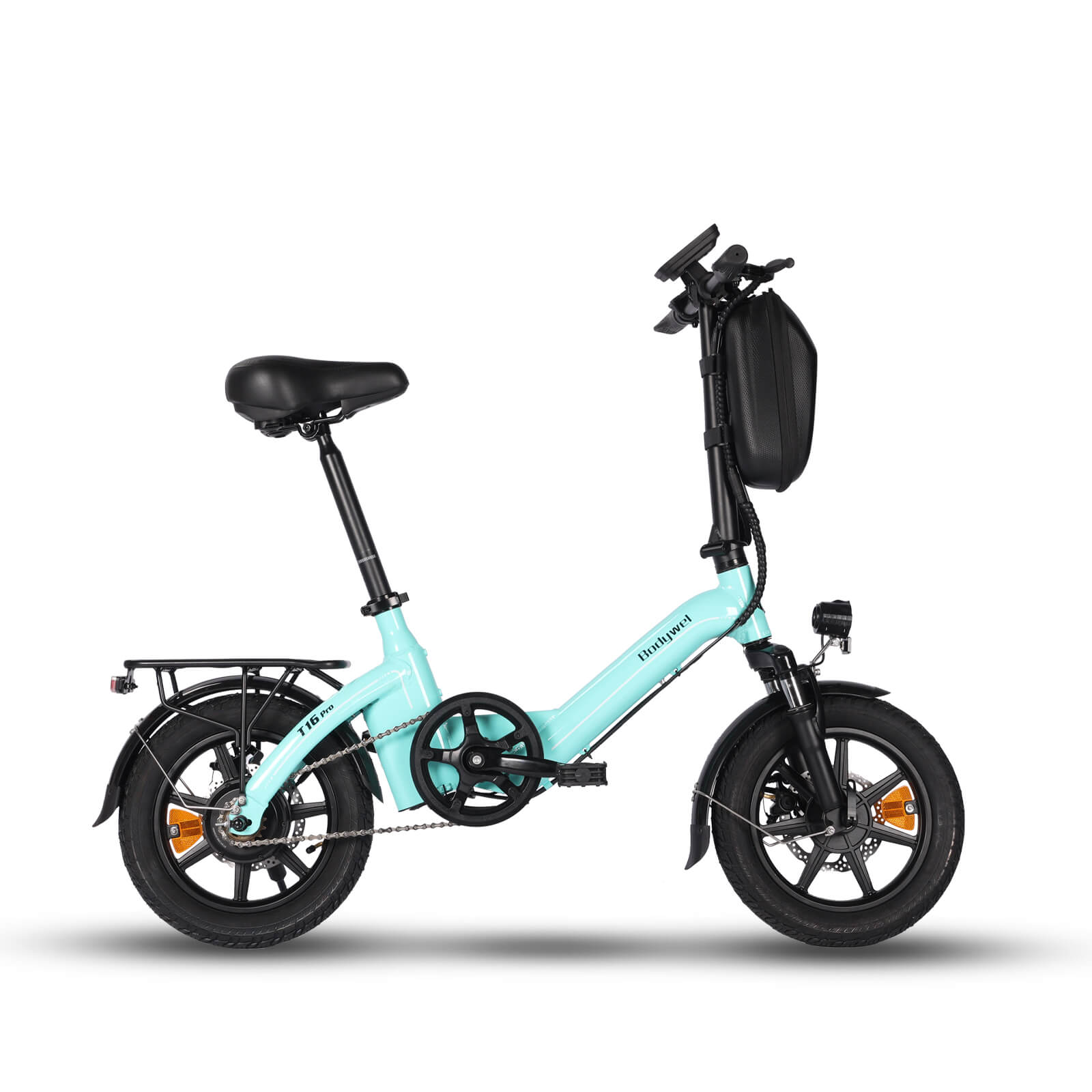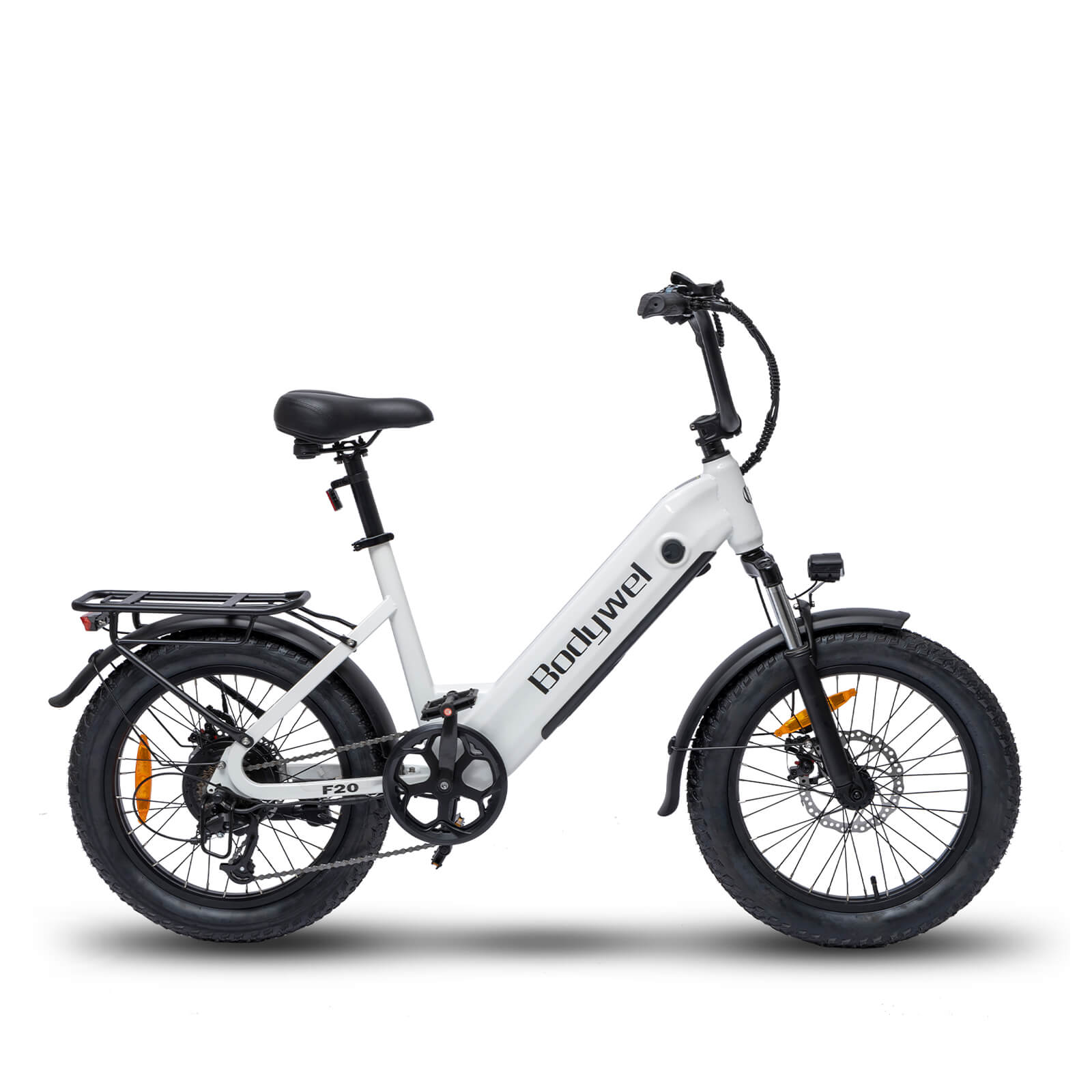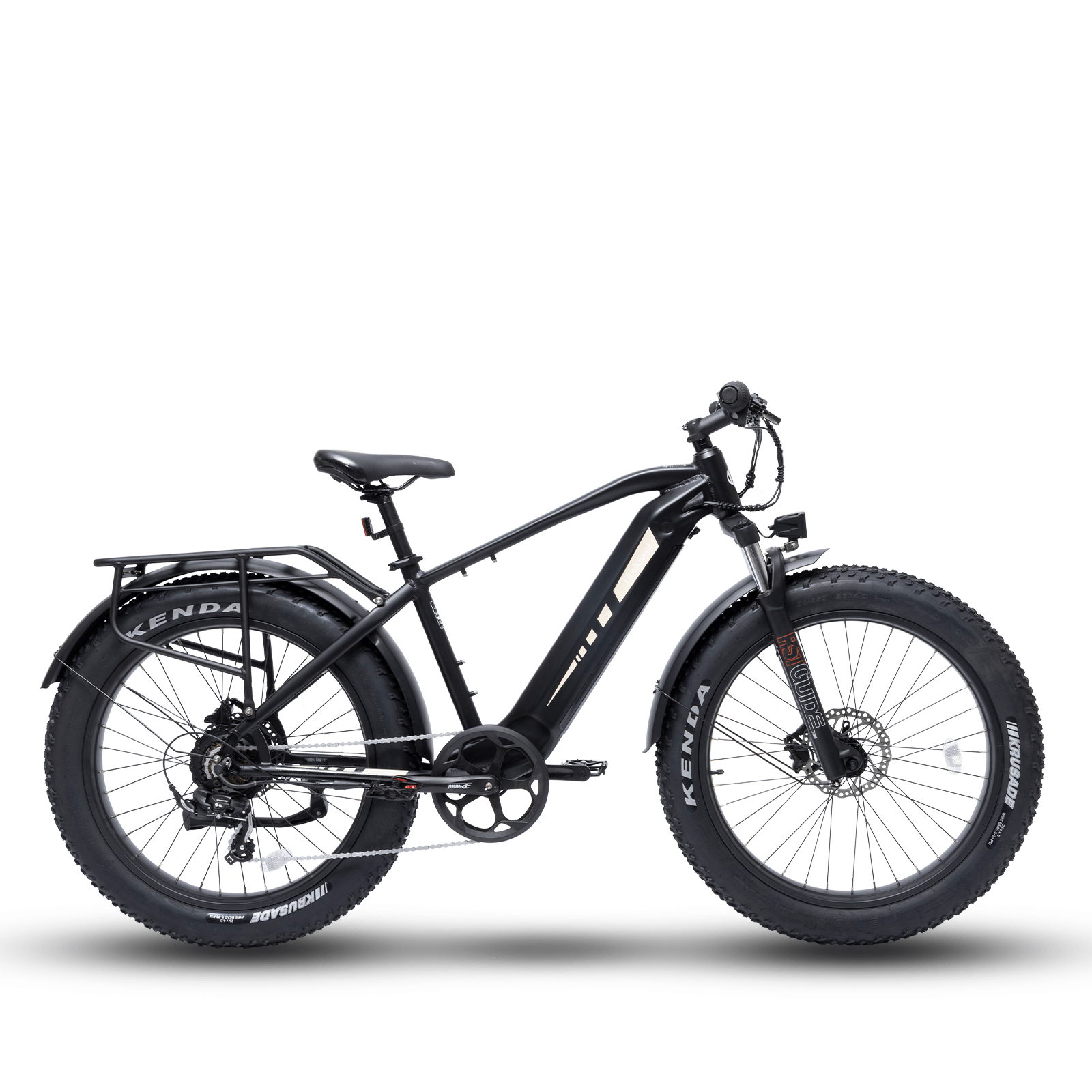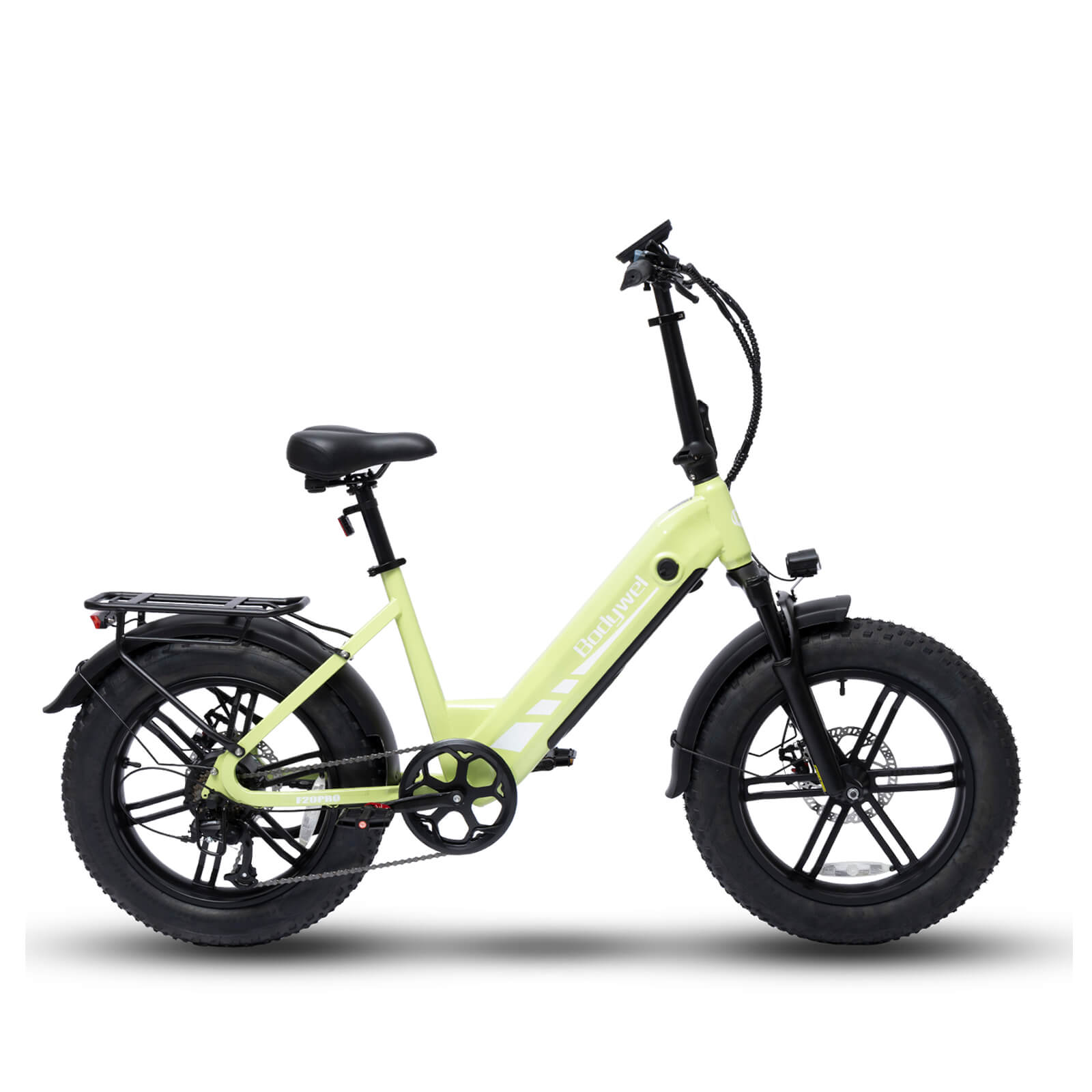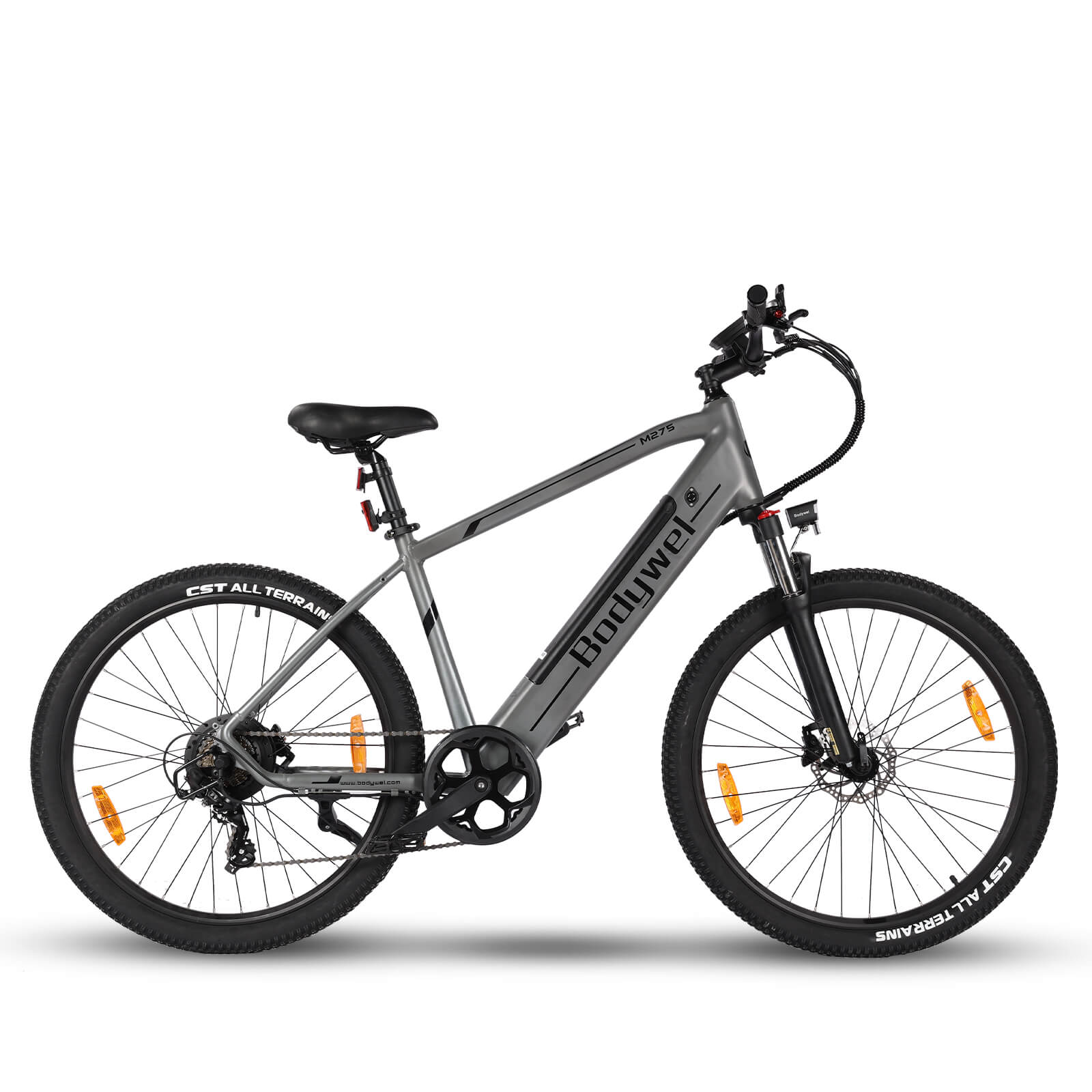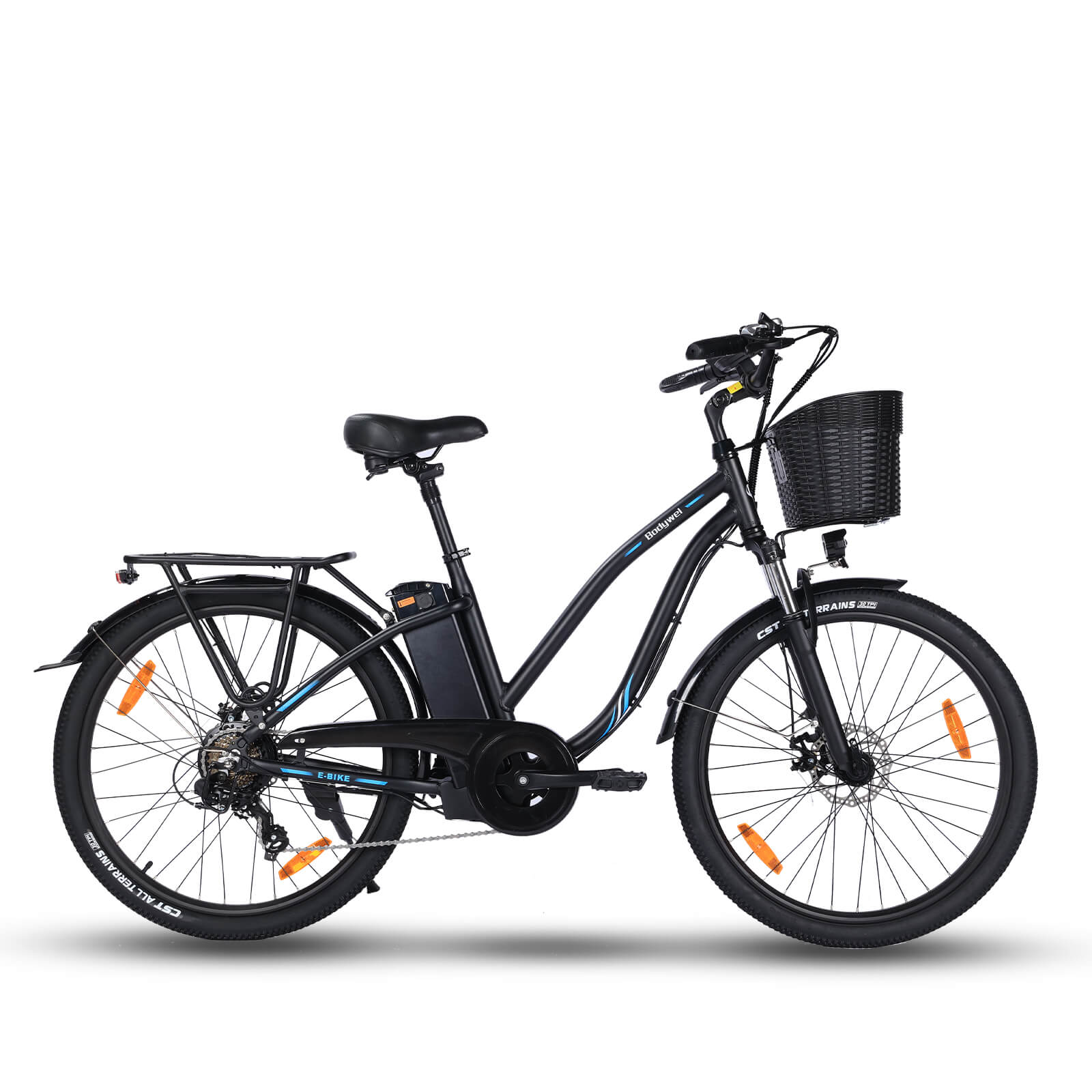Scott Ebike Review: 5 caratteristiche da conoscere per i ciclisti all'aperto

Le eBike Scott combinano tecnologia all'avanguardia e robustezza, rendendole ideali per gli amanti dell'outdoor. Questa recensione evidenzia cinque caratteristiche essenziali che distinguono queste mountain bike elettriche in termini di prestazioni, design e adattabilità ai sentieri.
Batteria ad alta capacità e autonomia estesa
Le bici elettriche Scott sono dotate di batterie ad alta densità energetica, che offrono fino a 120 km di autonomia per carica. Il sistema proprietario di gestione dell'energia ottimizza la distribuzione della potenza, garantendo prestazioni costanti anche sui percorsi più lunghi. I ciclisti possono monitorare i dati della batteria in tempo reale tramite il display montato sul manubrio.
Sistema motore di precisione
Il motore SyncDrive Pro, sviluppato in collaborazione con Yamaha, offre una coppia di 85 Nm per affrontare salite ripide. Le sue quattro modalità di potenza (Eco/Trail/Sport/Turbo) si adattano perfettamente alle variazioni del terreno. A differenza dei concorrenti, il motore Scott riduce al minimo la resistenza aerodinamica quando si pedala senza assistenza.
Telaio leggero in fibra di carbonio
I telai per MTB elettriche Scott pesano il 15% in meno rispetto alle alternative in alluminio, senza comprometterne la resistenza. La geometria bilancia agilità e stabilità, fondamentali per le discese tecniche. Il passaggio interno dei cavi ne aumenta la durata, mantenendo al contempo un'estetica elegante.
Sospensioni avanzate per terreni accidentati
Dotate di forcella e ammortizzatori posteriori Fox 36 Float, le e-bike Scott assorbono efficacemente gli impatti. Il blocco delle sospensioni TwinLoc consente di passare istantaneamente dalla modalità completamente attiva a quella rigida, ideale per i tratti misti in salita e discesa.
Connettività intelligente integrata
L'app eRide si sincronizza con il computer di bordo della bici, fornendo tracciamento del percorso, dati di fitness e aggiornamenti del firmware. Il tracciamento GPS antifurto è disponibile su modelli selezionati, una vera svolta per gli esploratori dell'entroterra.
Per le specifiche tecniche, fare riferimento al sito ufficiale di Scott documentazione ingegneristicaI test sul campo confermano che queste bici hanno prestazioni migliori nelle gare di resistenza come la Sfida TransAlp.
0 commenti




